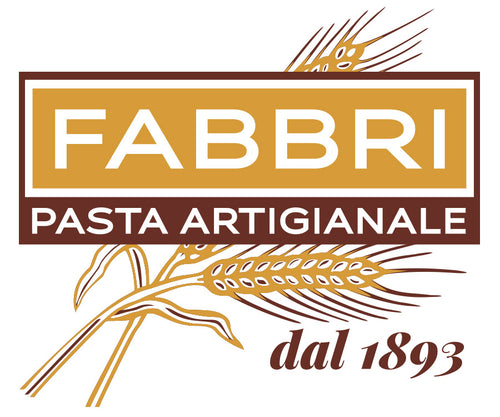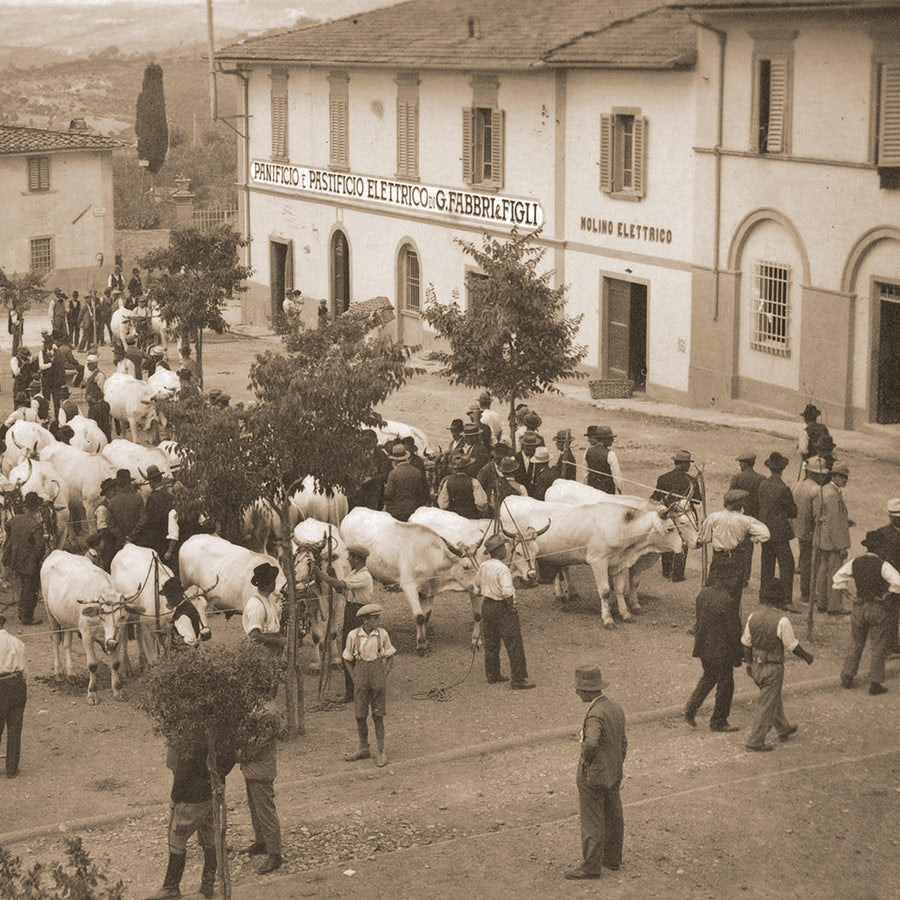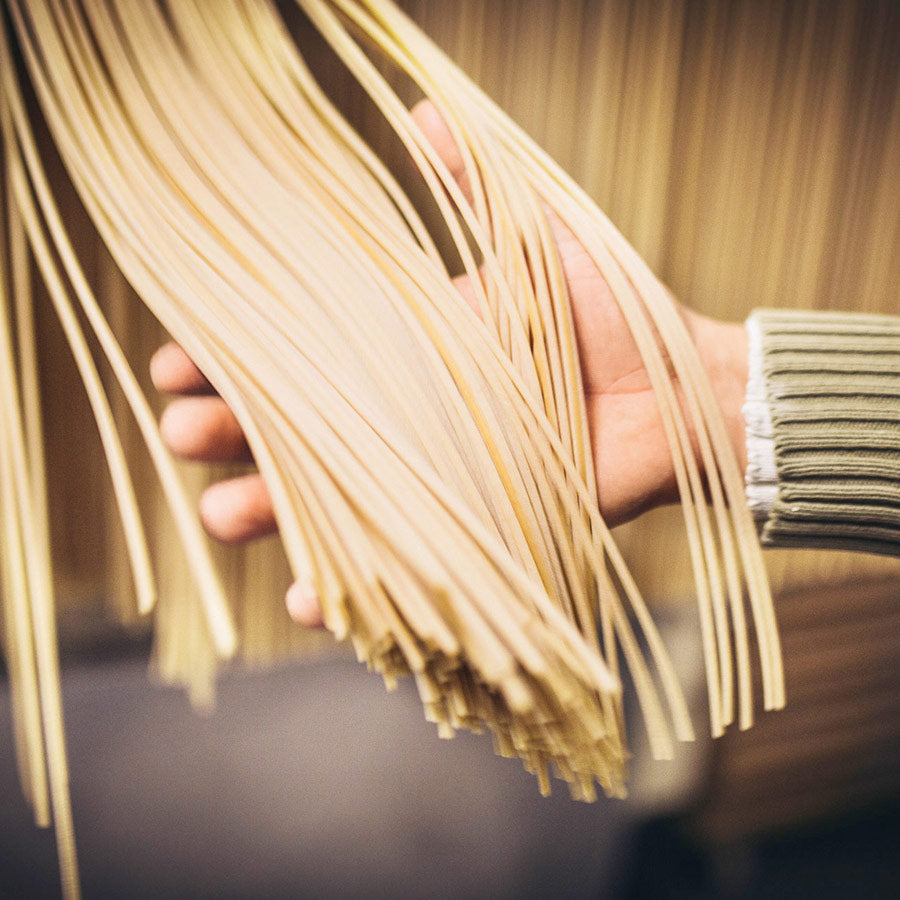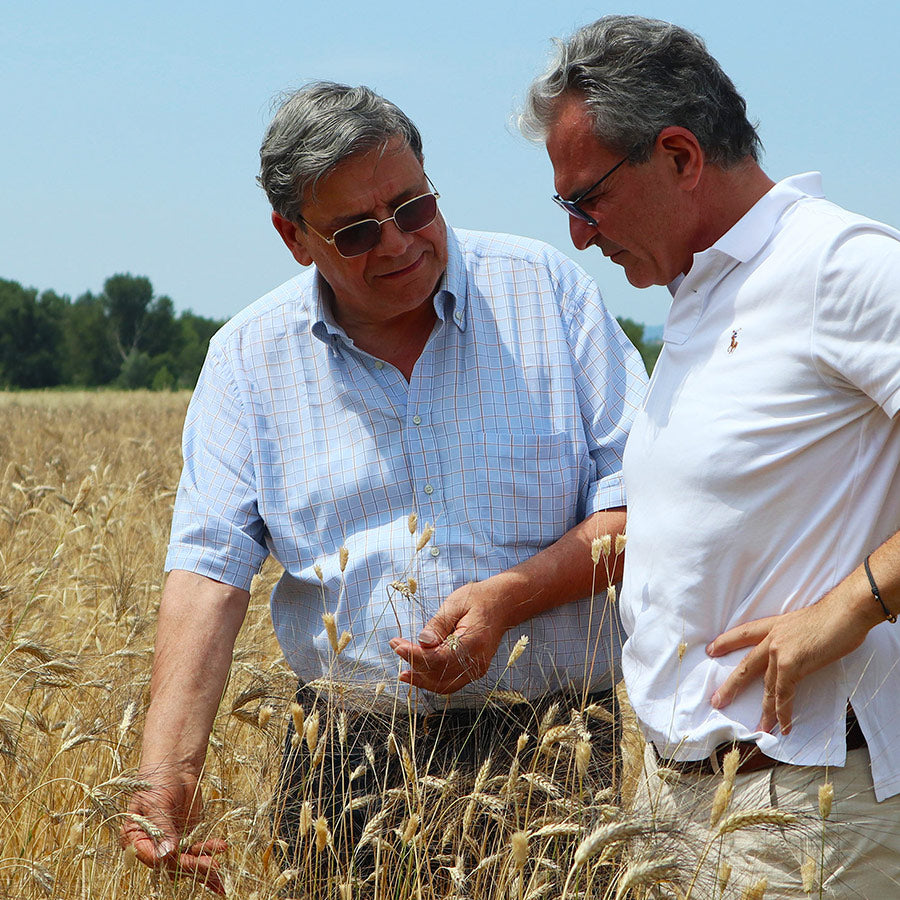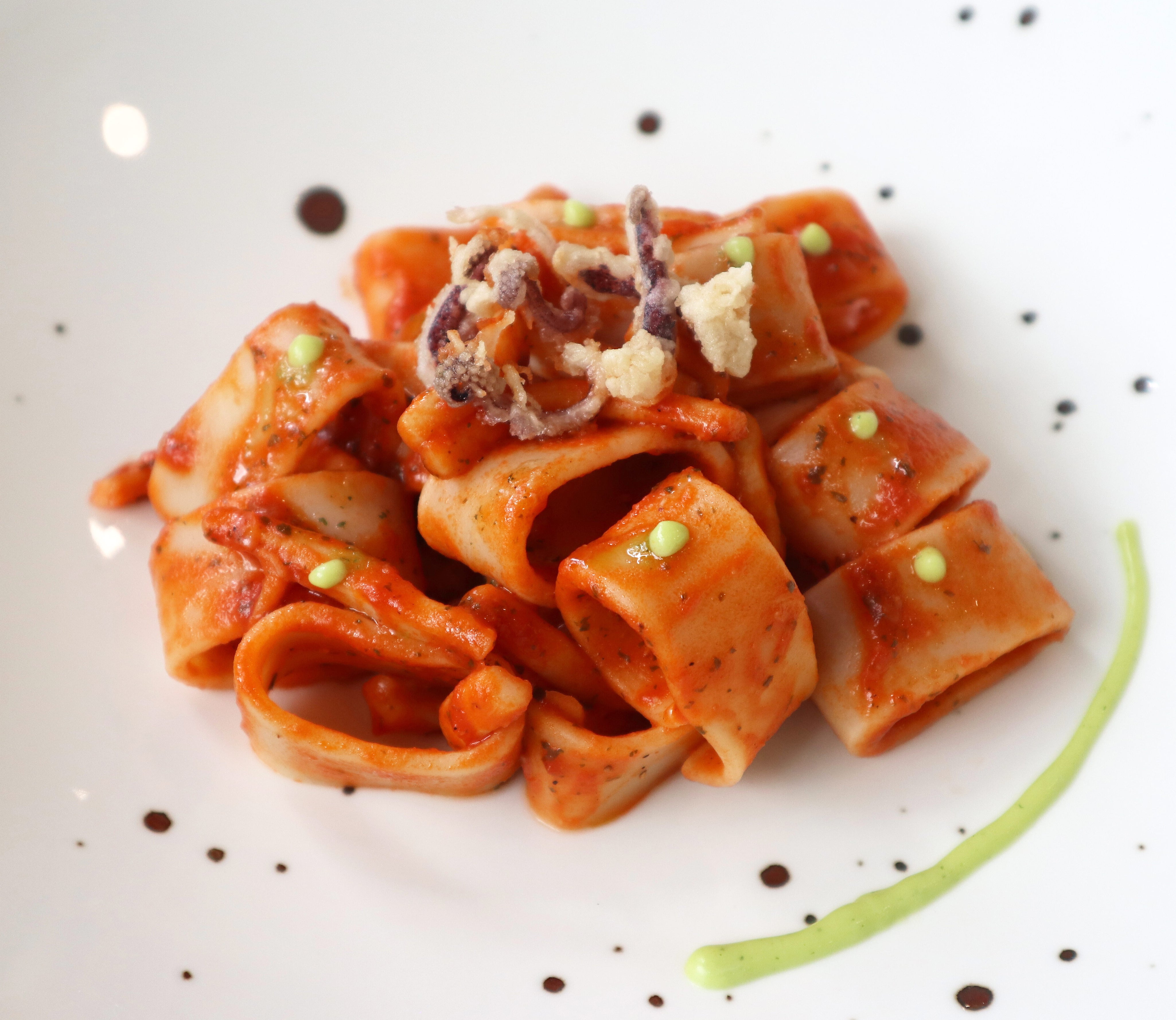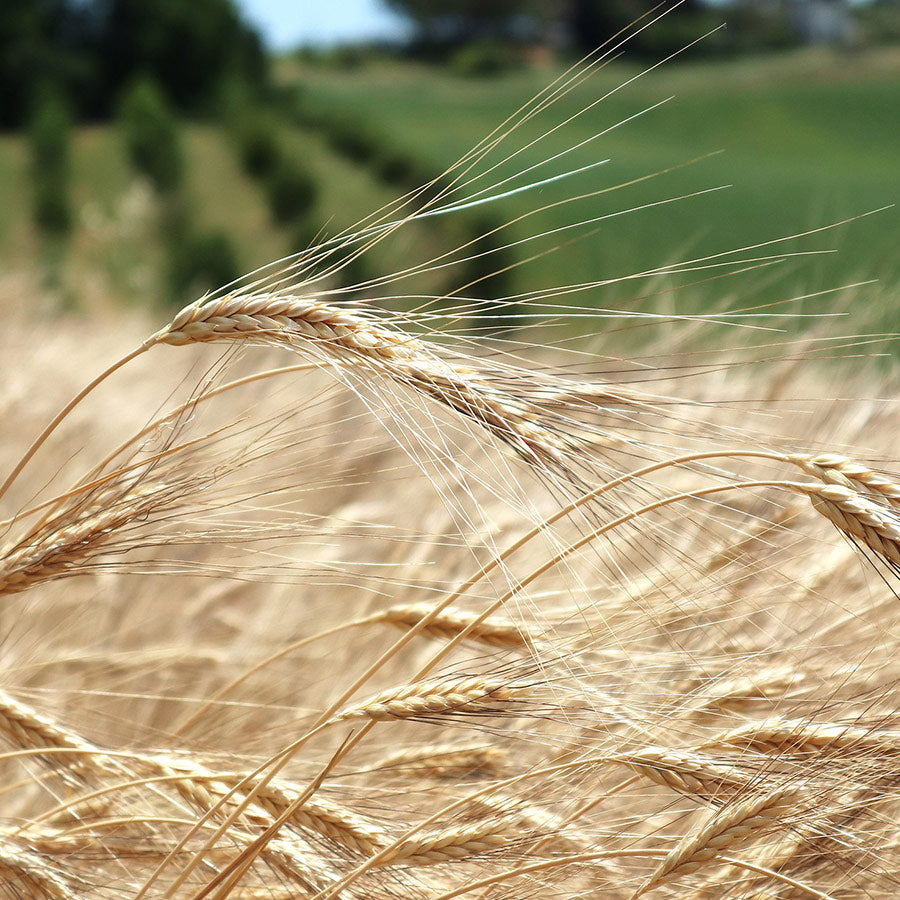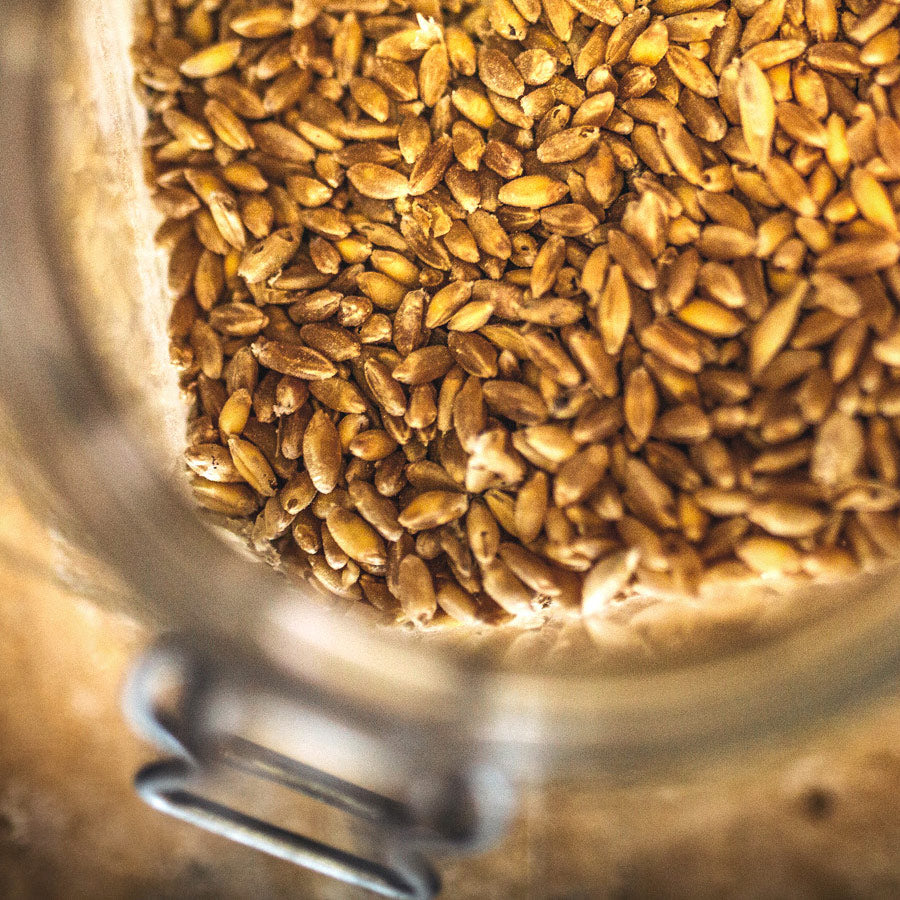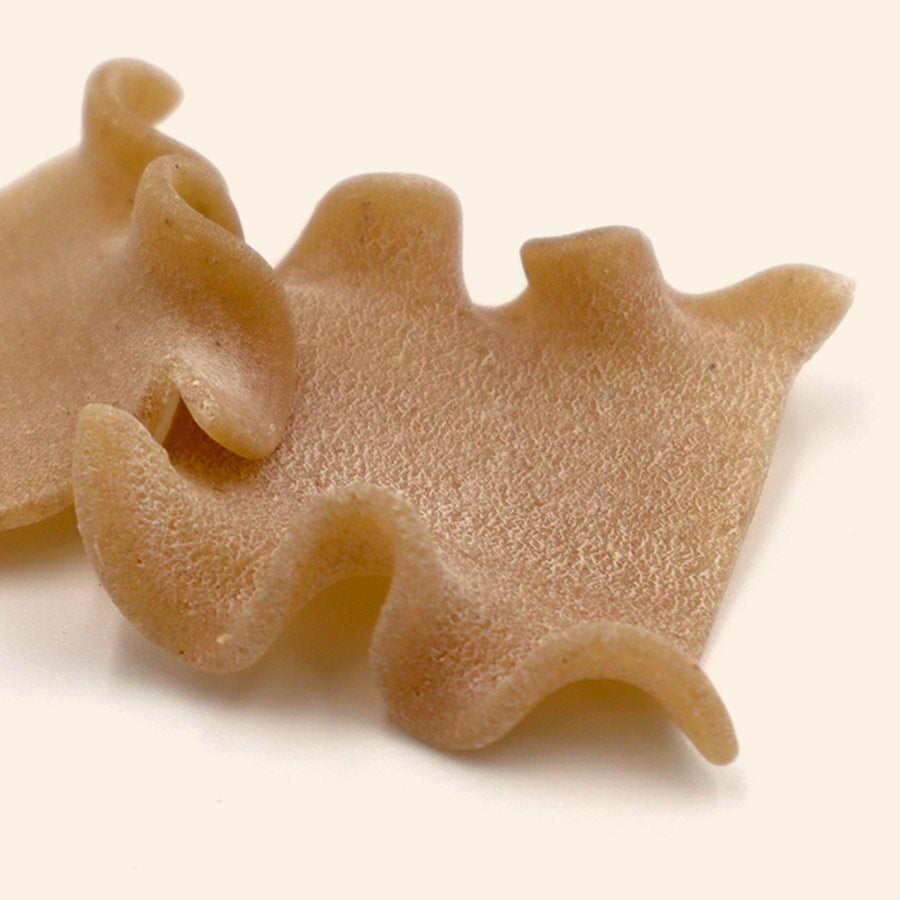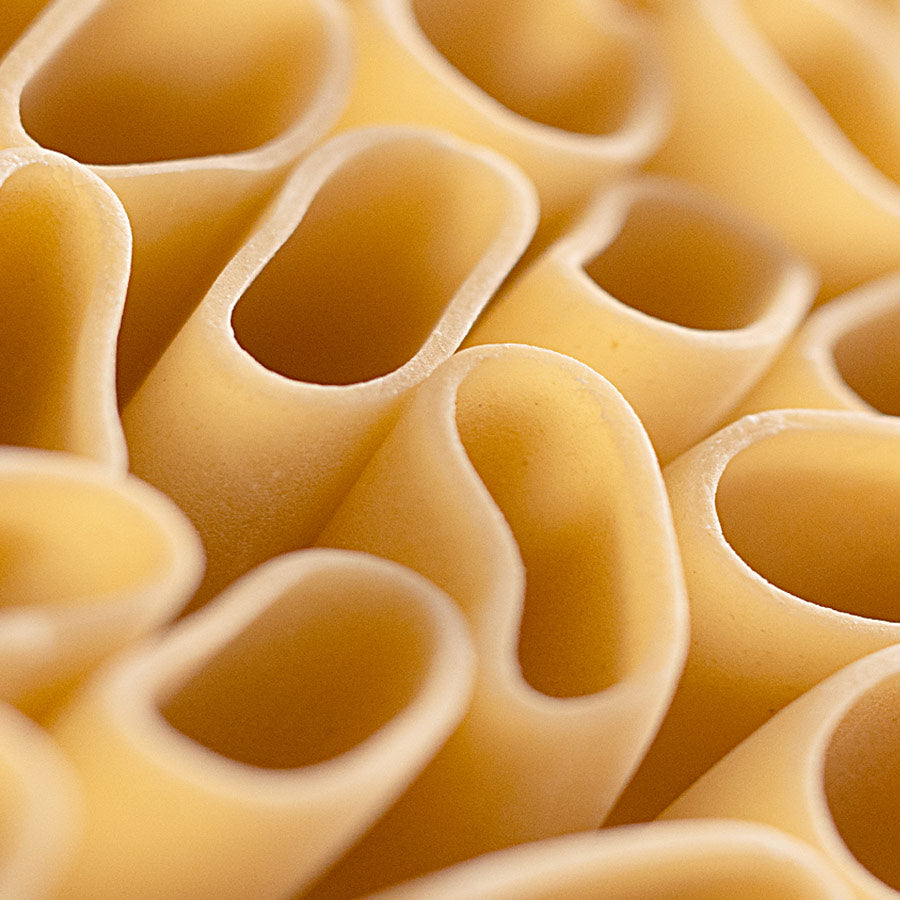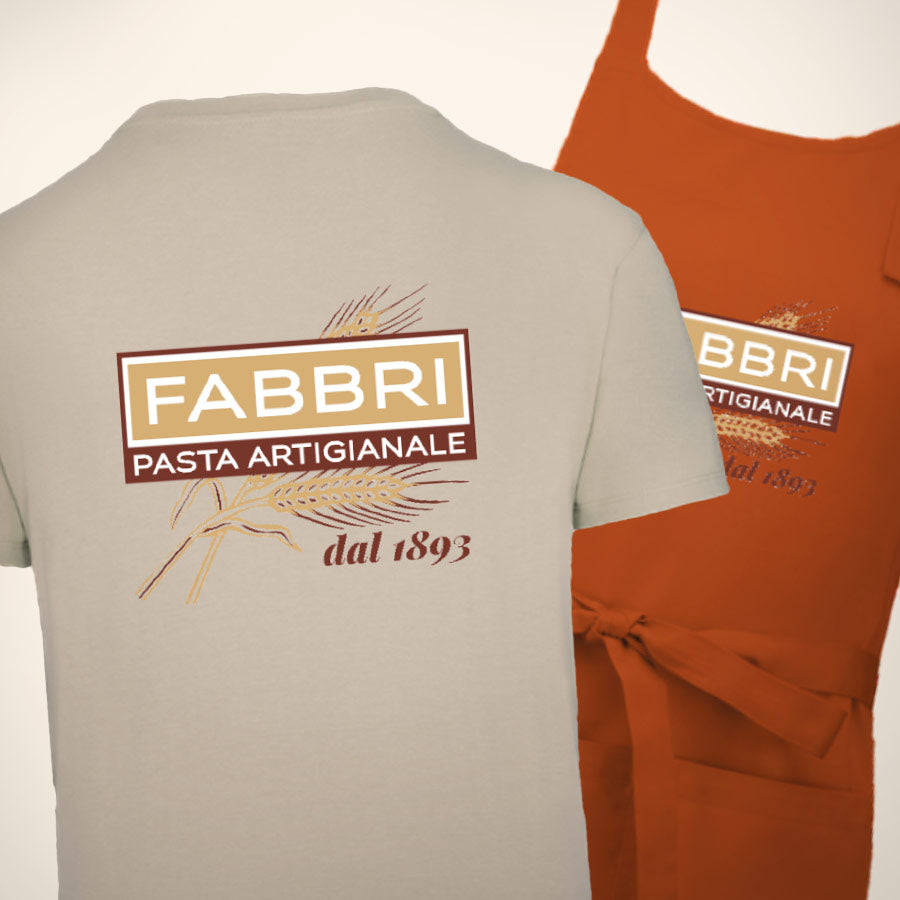Penne lisce or rigate?

The Birth of “Penne” and the Genius of Giovanni Battista Capurro
The pasta known as “penna” originally appeared as a smooth version in 1865 in San Martino d’Albaro, a town near Genoa. Here, a skilled Genoese pasta maker named Giovanni Battista Capurro patented a revolutionary machine capable of cutting pasta uniformly and diagonally into 3–5 cm pieces without crushing the ends.
This innovation marked an important step forward in the development of modern pasta production techniques, paving the way for the continuous production of penne that continues to this day.
Later, penne underwent a major transformation, becoming “ridged” to enhance its ability to absorb sauces. This change occurred due to higher drying temperatures, which unfortunately damaged the elasticity of gluten.
The Superiority of Ridged Penne: A Myth to Debunk
Many believe that ridged penne is superior and better at holding sauces. However, this belief is not entirely accurate.
In reality, smooth penne can perform just as well. The key factor is the quality of gluten in the pasta.
The Quality of Gluten and Pasta Drying
The choice of wheat and the production process are crucial to pasta quality.
By using ancient organic grains, gluten can retain its original properties, just like in the past. But this alone is not enough. It is essential to maintain low temperatures throughout the production and drying process to preserve its natural characteristics.
Why Smooth Penne Can Also Hold Sauce
The secret lies in the gluten and its level of elasticity.
Gluten works like “chewing gum.” If its elasticity is compromised and the protein becomes too tough, pasta loses its ability to absorb sauce. However, if gluten remains intact and the production process is carefully controlled, both smooth and ridged penne can provide an excellent dining experience.
Personal Preferences: Smooth or Ridged?
The choice between smooth and ridged penne often depends on personal preference. For example, many restaurants prefer smooth pasta because it cooks more evenly, while ridged pasta can sometimes develop overcooked spots along the grooves during cooking.
Now that you know more about penne, which do you prefer: smooth or ridged?
